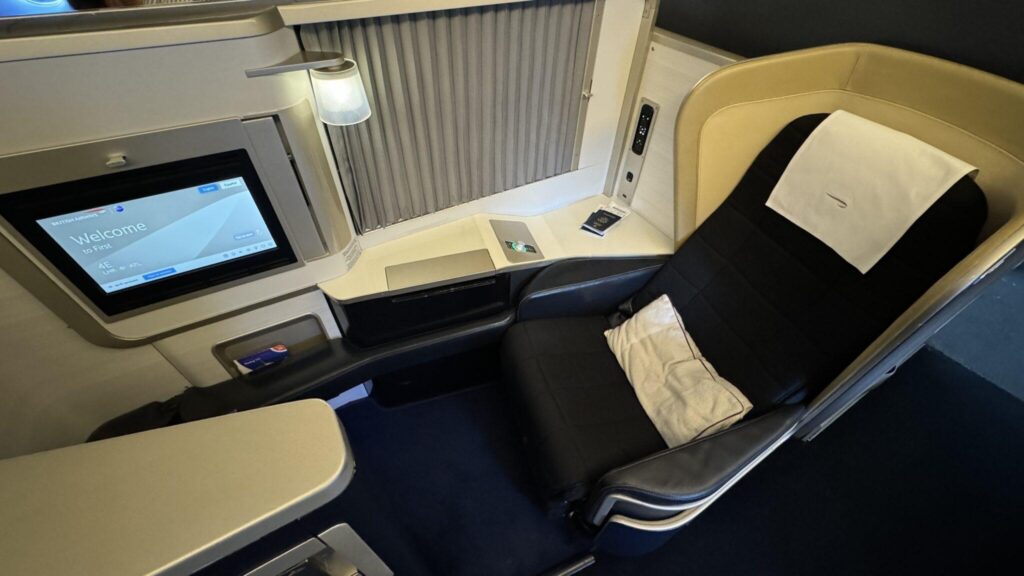Ultimate Packing List For Your Alaska Cruise Adventure
When I first started preparing for an Alaska cruise, I quickly learned one golden rule: packing for this adventure is all about embracing variety in weather. From chilly glaciers to sunny afternoons on deck, Alaska challenges the best of us to be versatile and organized. Over the years, I’ve seen how a handful of smart packing strategies can make the entire trip easier, cozier, and more memorable.
Master the Layering System
The foundation of Alaska cruise packing begins with layering. Moisture-wicking base layers, such as merino wool or synthetic fabrics, are your first line of defense against cold mornings near the glaciers. By pulling moisture away from your skin, these layers help you stay dry and comfortable. On top of that, insulating layers like fleece trap warmth and make it easy to adjust to changing temperatures. For instance, a crisp morning might call for three layers, while a sunny afternoon on deck might only require one or two.
I once encountered a day that started at 40°F near Hubbard Glacier but soared to almost 60°F by mid-afternoon. According to NOAA‘s climate data, Alaskan coastal temperatures can swing significantly, especially from May through September. Bringing extra layers means never having to worry about being caught off-guard. You can peel them off or add more within seconds, making those glacier-watching sessions far more enjoyable.
My tip: pack at least two sets of base layers so you can swap a fresh one in if you get wet or sweaty. It’s a simple move that travelers often overlook but one I’ve found invaluable for staying comfortable throughout the day.
Invest in Waterproof Outerwear
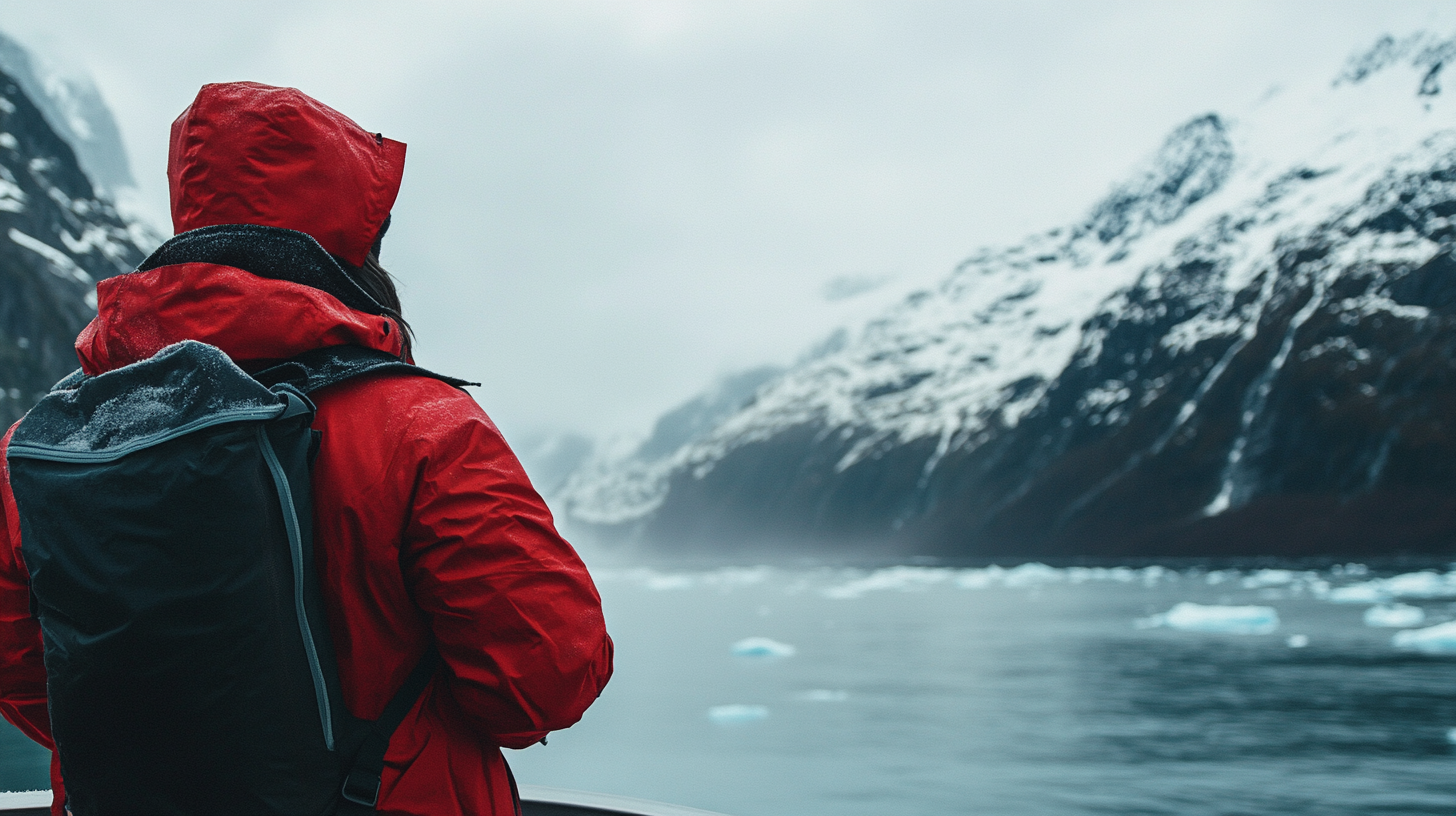
Even if the forecast promises clear skies, Alaskan rain can pop up with little warning. I’ve learned the hard way that a good rain jacket and waterproof pants aren’t just nice-to-haves—they’re crucial. A recent study suggests that rainfall can occur up to 25% of the cruise season days in certain Southeast Alaska regions. Having gear that’s lightweight yet durable helps you manage those sudden drizzles without feeling weighed down.
Some travelers opt for heavier, insulated waterproof jackets, but I prefer a breathable shell with space for layering underneath. This way, it’s easy to tuck away in a daypack when the skies clear. Trust me, once you’re standing on deck, scanning for whales, you’ll appreciate the peace of mind that comes with staying dry and ready for the next photo-worthy moment.
If you’re planning shore excursions like hiking or kayaking, consider waterproof pants that can handle more than just a sprinkle. Nothing dampens the spirit faster than soggy jeans. Having weatherproof gear ensures the elements won’t stand in the way of your Alaskan bucket-list moments.
Footwear for Rain and Shine
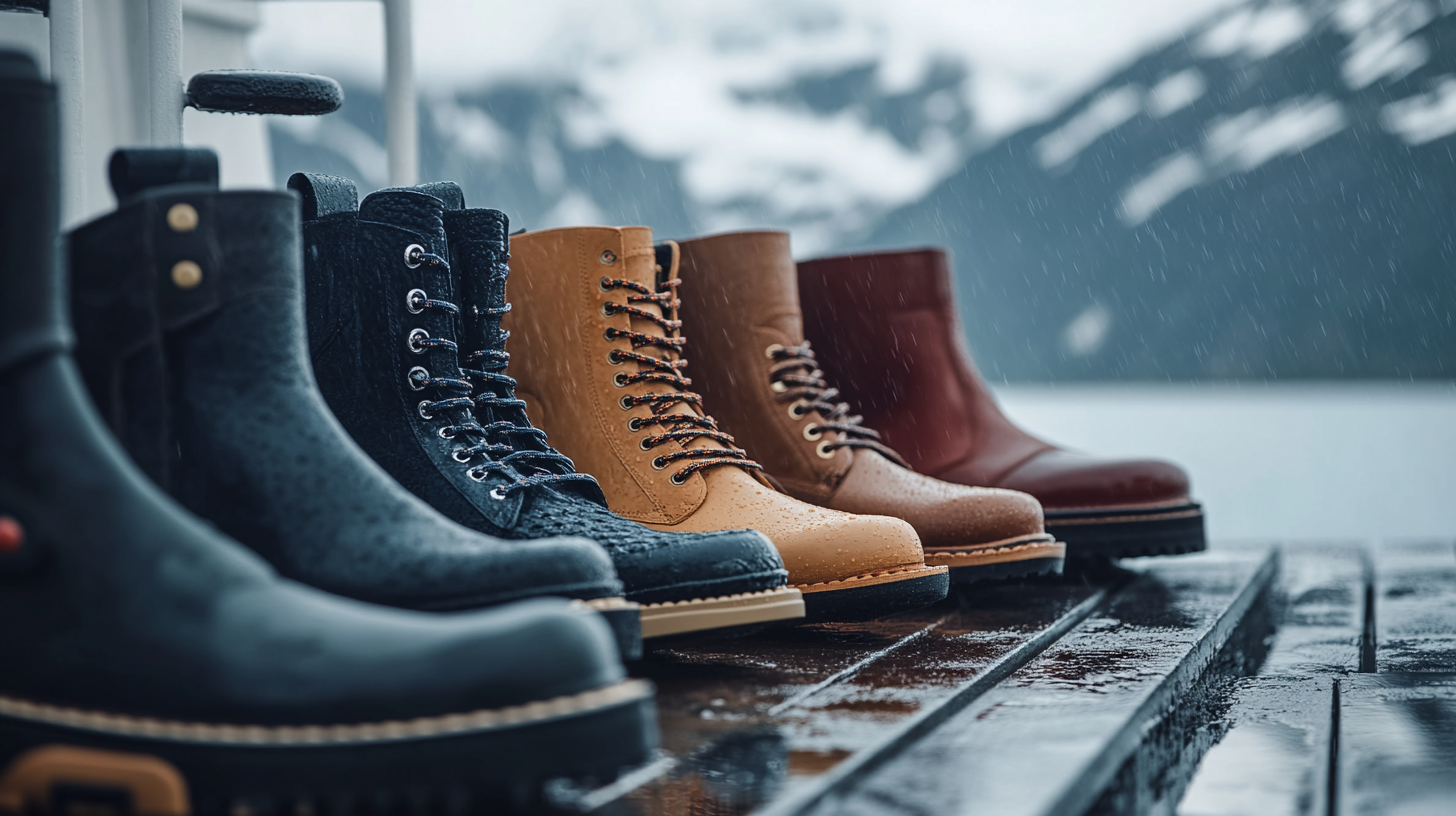
Alaska’s terrain can vary wildly, from rocky trails and muddy paths to slick city sidewalks. I’ve witnessed fellow cruisers slip on wet boardwalks, so I always pack sturdy, waterproof hiking boots. Look for pairs with ample ankle support since uneven ground is common in port towns. According to industry data, about 40% of common hiking injuries on cruises stem from unsupportive shoes.
Moisture-wicking socks are a game-changer. I often bring at least three pairs—two to rotate during the day and one for the evening. That way, I’m not stuck with damp feet if there’s a surprise rainfall or puddle. But don’t forget comfort for onboard strolls. Lightweight sneakers or slip-ons are great for walking around the ship without overheating your feet.
Finally, be mindful of how your footwear packs into your luggage. A small shoe bag or dry sack can keep mud and moisture away from your clean clothes. It’s a detail that’s saved me a laundry headache more than once.
Evening and Formal Attire

Cruise lines often schedule at least one formal night, and dressing up can be half the fun. I usually bring a nice dress shirt with slacks or a dress that doesn’t wrinkle easily. I’ve noticed that drapey, wrinkle-resistant fabrics are the way to go, especially when cabin closets and drawers are limited in space.
If you’re like me and love a good ocean breeze in the evening, pack a light sweater or shawl. Temperatures can dip when your ship heads further north. Plus, many onboard venues can get chilly with air conditioning. In my experience, layering a sweater over evening wear keeps you comfortable without sacrificing style.
Don’t forget your swimsuit. Whether your cruise ship has an indoor pool or hot tub under a retractable roof, it’s worth having that option. I’ve spent some of my most relaxing cruise nights soaking in a warm hot tub while gazing at the Alaskan skyline—a simple pleasure that’s surprisingly unforgettable.
Tech and Travel Gear
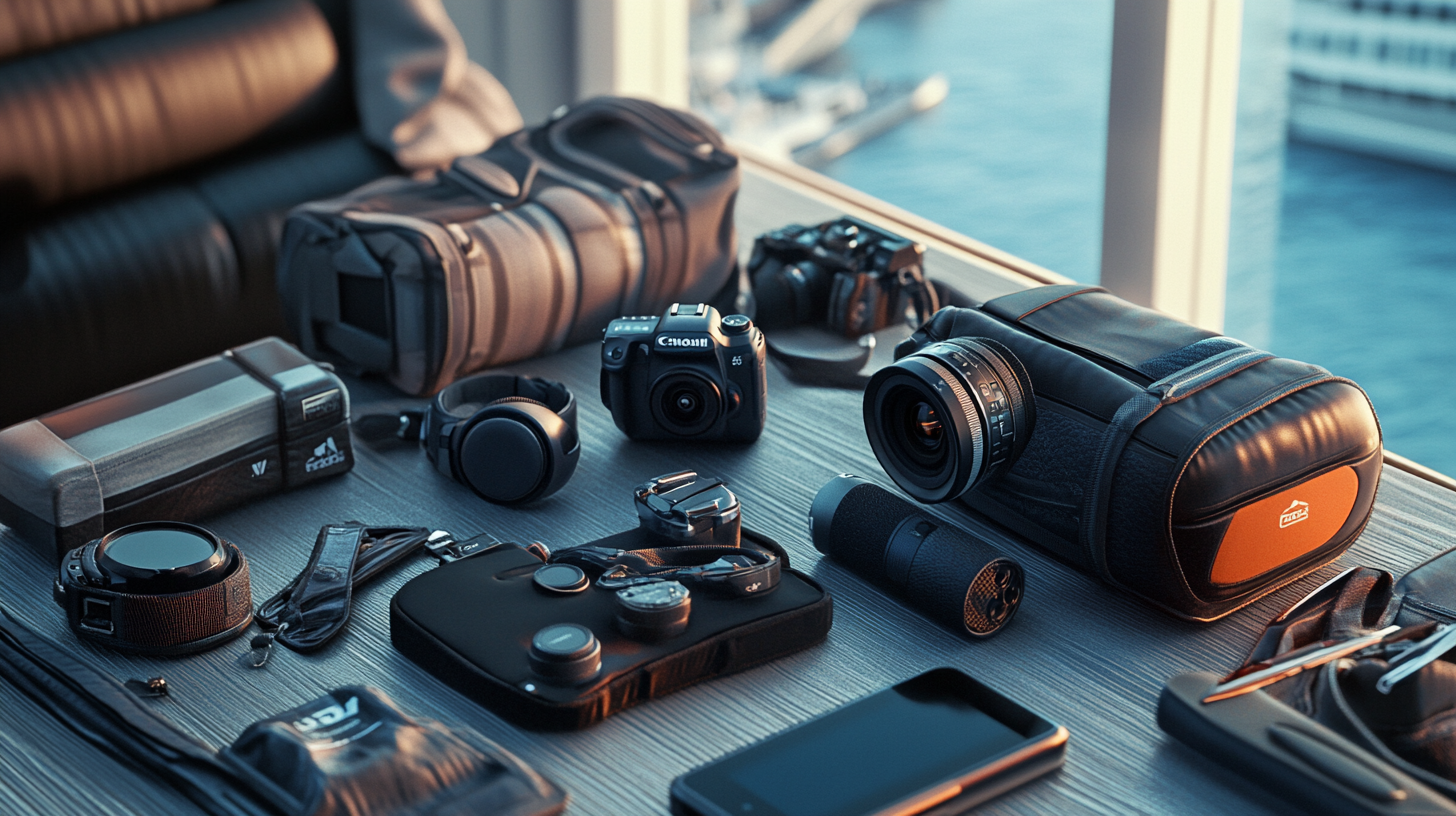
Alaska practically begs you to bring a camera. From calving glaciers to soaring eagles, you never know when a photo opportunity will present itself. When I’m not toting a DSLR, I rely on my smartphone but carry portable chargers to ensure I don’t miss a shot. According to a 2024 travel survey, 68% of cruise passengers use their phone as their primary camera, making battery life essential.
Binoculars often come in handy for spotting wildlife like whales, seals, and the occasional bear onshore. I’ve also benefited from noise-canceling headphones for quiet time on the ship. My top pro tip: bring an all-in-one travel adapter if you’re cruising with an international line or extending your trip abroad. It makes powering up multiple devices a breeze, preventing any frantic hunts for extra outlets.
Finally, consider a reusable water bottle to stay hydrated. I’ve noticed the presence of convenient refill stations onboard many modern ships, saving both money and plastic waste. It’s a small action that aligns with responsible travel practices and keeps you ready for active excursions.
Cabin Organization Hacks

Cruise ship cabins are famously compact, so smart organization can make a world of difference. I always bring a set of packing cubes to separate my clothing by type—one cube for base layers, another for formal wear, and so on. That way, I’m not rummaging through everything whenever I change outfits.
Magnetic hooks are another secret weapon. Cabin walls are typically metal, so these hooks provide extra hanging options for hats, jackets, or scarves. I can’t rave enough about how they free up closet space. It’s a trick I learned from seasoned cruisers who’d tested every possible way to keep small rooms tidy.
Lastly, stashing a small dry bag or day bag near the cabin door means I’m always ready for spur-of-the-moment excursions. Whether I’m heading to a salmon bake or climbing into a skiff, knowing my essentials are already packed and protected from the elements has saved time and stress on more occasions than I can count.
Flight and Family Considerations
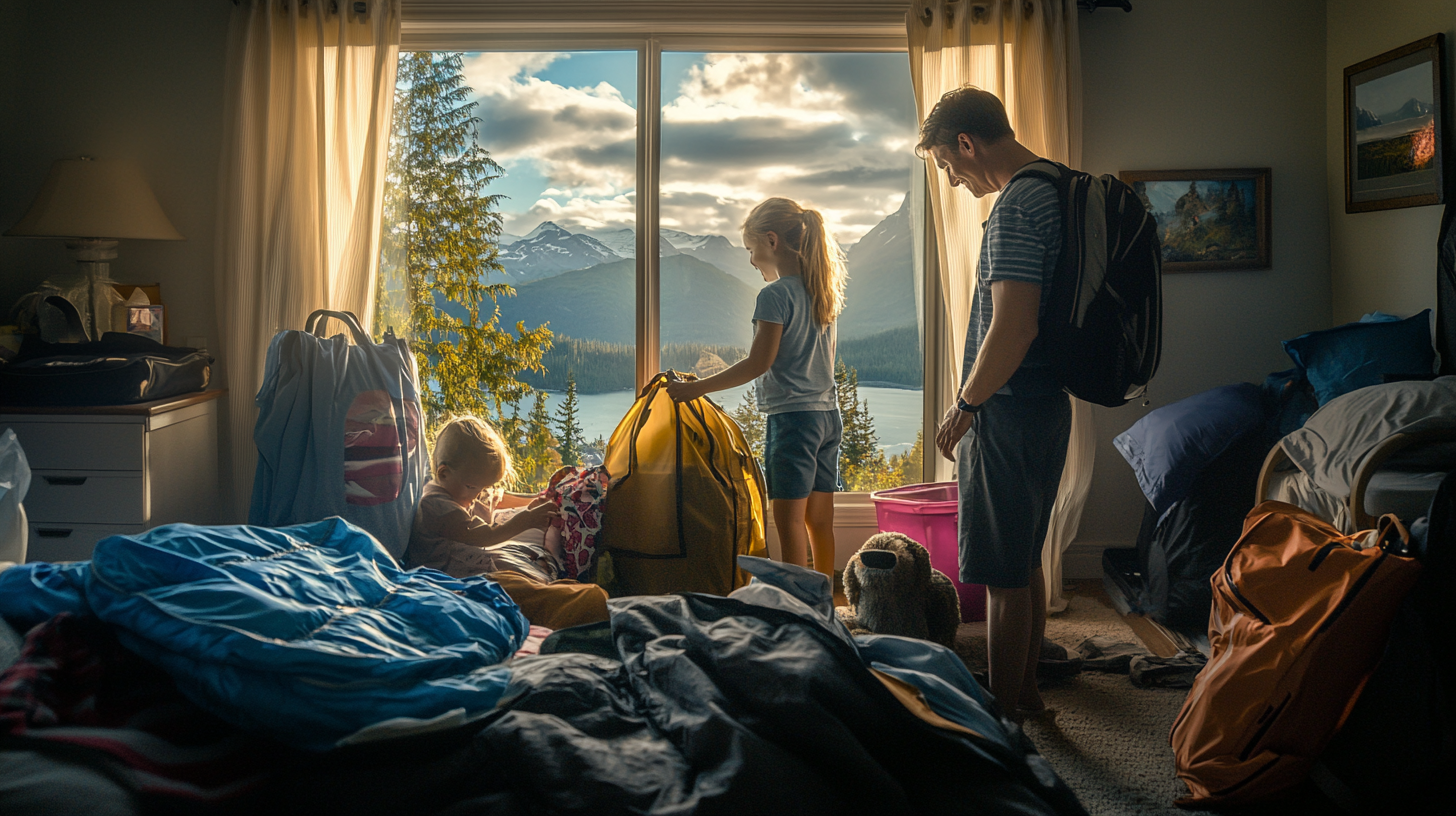
Frequent flyers like me often juggle multiple airlines, each with its own baggage rules. Cruise ships tend to be more relaxed, so using that advantage can be a lifesaver. I’ve learned to pack one larger suitcase for the cruise portion and keep a compact carry-on for flight essentials in case of delays or cancellations. According to airline industry data, flight delays affect nearly 15% of trips annually, which is reason enough for me to keep an extra outfit in my carry-on.
Families traveling with kids might want to pack extra entertainment—books, travel games, or even handheld devices—since long flights or layovers are common when heading to port cities like Seattle or Vancouver. Over the years, I’ve noticed how crucial it is to keep kids comfortable and engaged, especially if they’re not used to cooler climates. Bringing a few extra layers can go a long way in preventing those “I’m cold” meltdowns on the ship’s deck.
Remember to keep all medications in your carry-on as well. If there’s any delay in receiving your checked bags, you’ll still have access to what you need. It’s a simple precaution but one that underscores how a bit of forward planning can smooth over the unexpected hiccups of travel.
Final Check: Don’t Forget the Extras
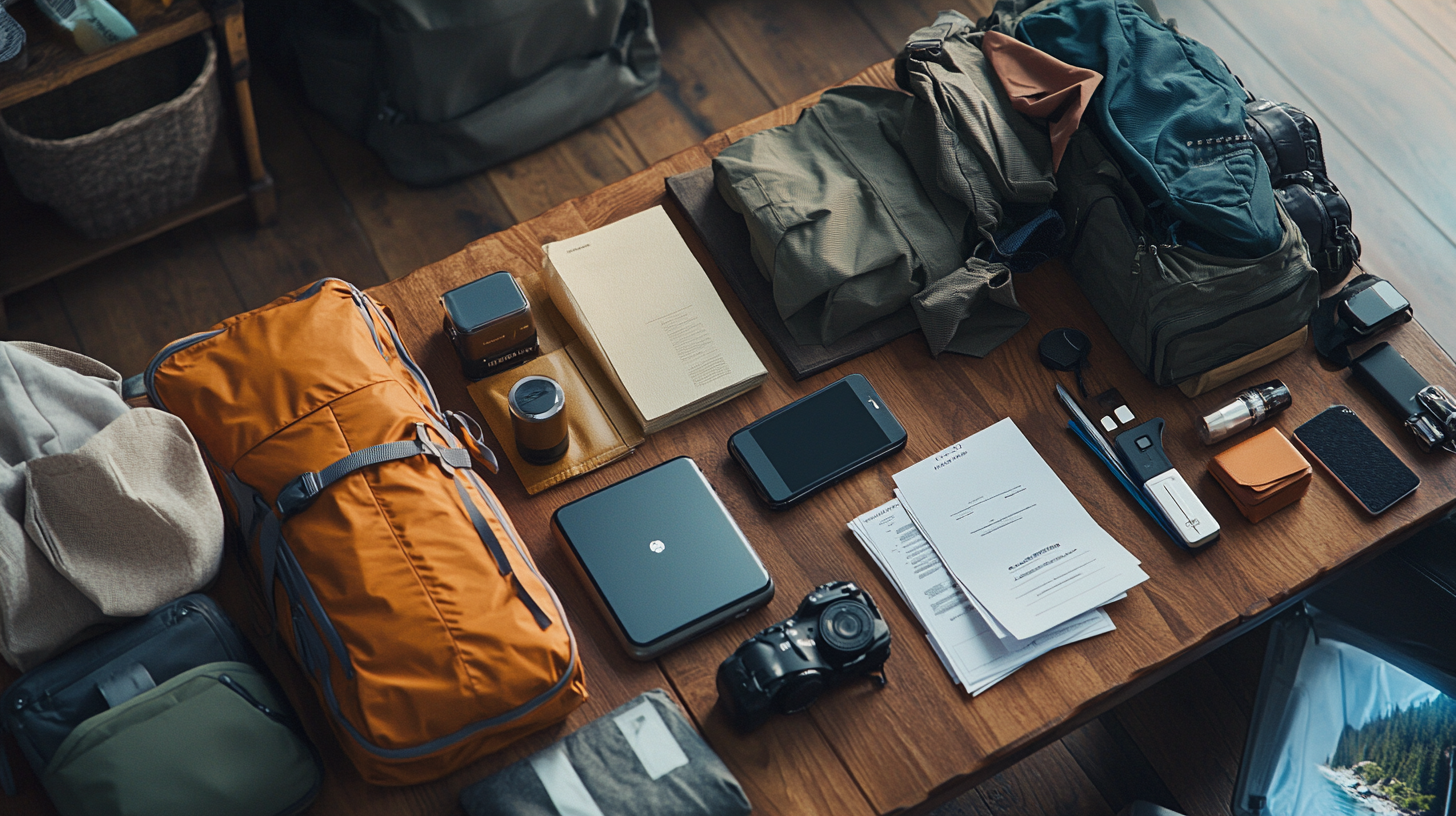
Sometimes it’s the little things that make or break a trip. Sunscreen might seem odd in a cooler climate, but the sun’s reflection on the water can be surprisingly intense. Lip balm, bug spray, and a warm hat are other essentials I’ve wished I had when I left them behind. According to a health and safety report by the CDC, using bug repellent is particularly important in certain Alaskan regions during peak mosquito season, typically June through July.
If you plan to explore national parks before or after your cruise, consider bringing a U.S. National Parks Pass. It’s a worthy investment if you’re a nature enthusiast like me. Also, keep an eye out for cruise promotions that bundle perks like onboard credits or complimentary gear rentals. I once scored free binocular rentals on a last-minute deal, which I used extensively while whale-watching near Juneau.
Before you step onboard, run through a personalized packing checklist—digital or paper—to make sure you’re not missing anything crucial. Having overlooked an important item or two in the past, I can tell you a quick final scan can save you both money and headaches.
Final Thoughts
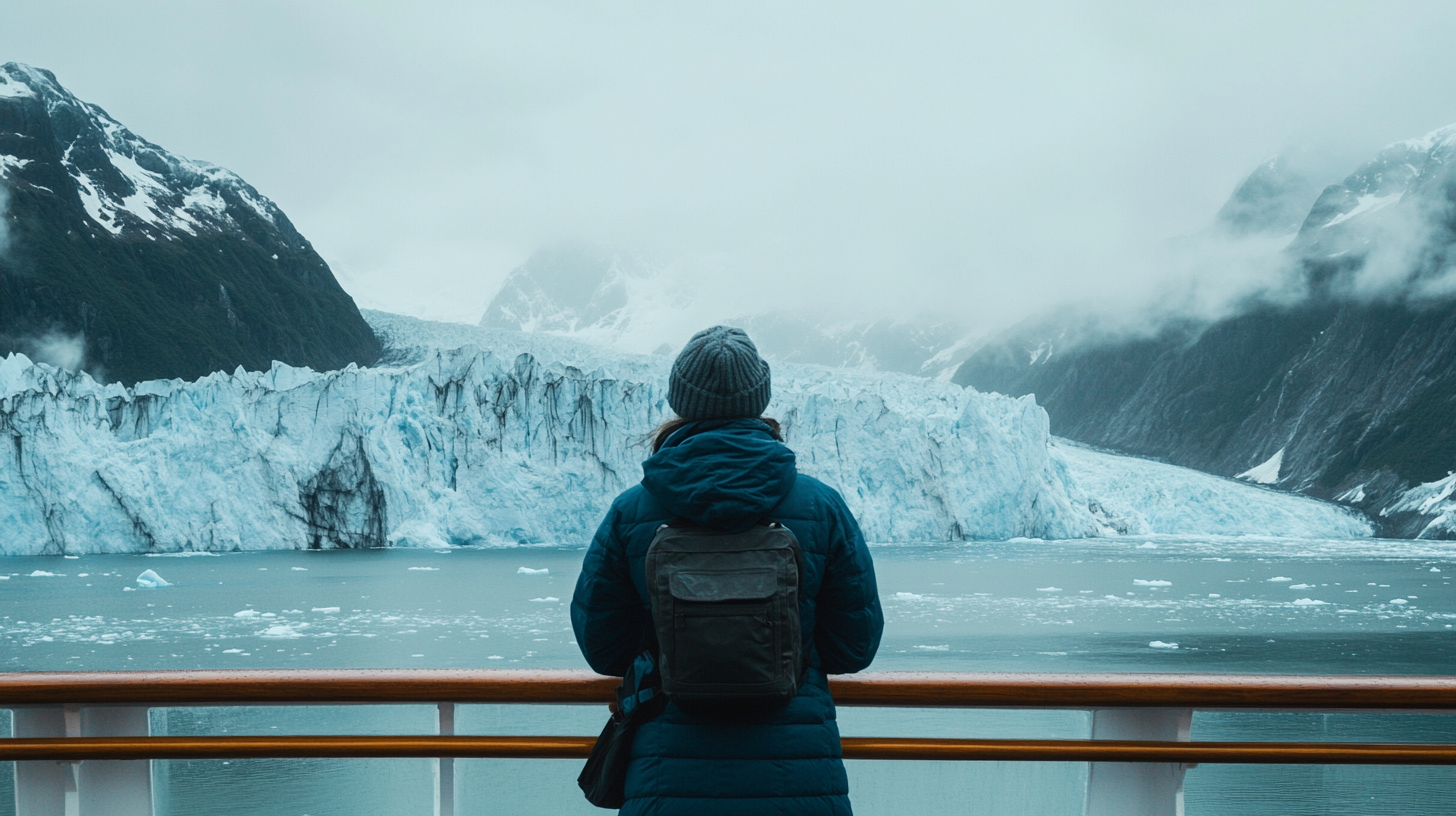
Alaska’s natural beauty is second to none, and being prepared means you can soak up every moment without worrying about the weather or logistics. By embracing layers, investing in waterproof gear, and keeping your cabin space organized, you’ll be set for all the unforgettable encounters that await you—from calving glaciers to bustling port towns.
Even the most experienced travelers can be surprised by Alaska’s range of climates, but that’s all part of the adventure. With the right mix of clothing, gadgets, and a well-stocked daypack, you’ll be ready to handle unexpected storms or capture that perfect panoramic photo. Whether you’re traveling solo or with your family, a little preparation goes a long way toward ensuring a smooth and memorable voyage.
As you refine your own packing list, remember that flexibility is key. Alaska rewards the curious and the adventurous, waiting to reveal its wonders to those who come prepared to adapt.
Brad Lightall’s Take
Alaska is one of those places that pushes me to up my travel game every single time. I’ve sailed alongside towering glaciers and watched orcas breach from ship decks. Each experience felt more epic because I had the right gear and tactics to keep the focus on the wildlife, not on shivering or sifting through cluttered luggage.
The real magic lies in being open to the unexpected. Pack smart, stay organized, and you’ll discover an Alaska that’s just as wild and awe-inspiring as any place on this planet.
Follow us back to BoardingArea for more.
- If you’re looking for the ultimate packing guide for your next cruise, check out Navigating Air and Sea: A Frequent Flyer’s Cruise Packing Checklist to ensure you’re fully prepared for both air and sea travel.
- Get ready to plan your dream trip by exploring Cruise Planning in 2025: Embark on Unforgettable Voyages for insights and tips on making your next cruise unforgettable.
- For those considering a solo cruise, Cruising Solo: A Frequent Flyer’s Guide offers expert advice on how to make the most of your independent adventure at sea.



